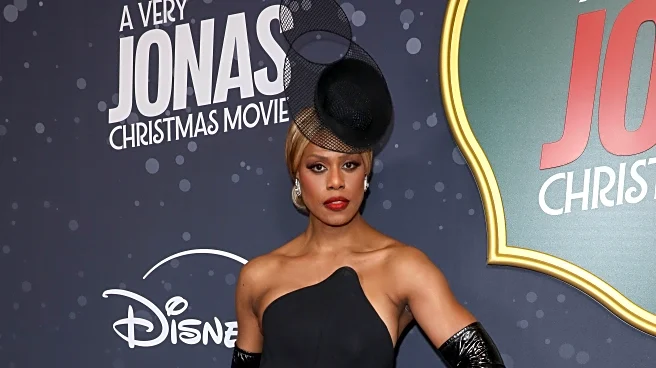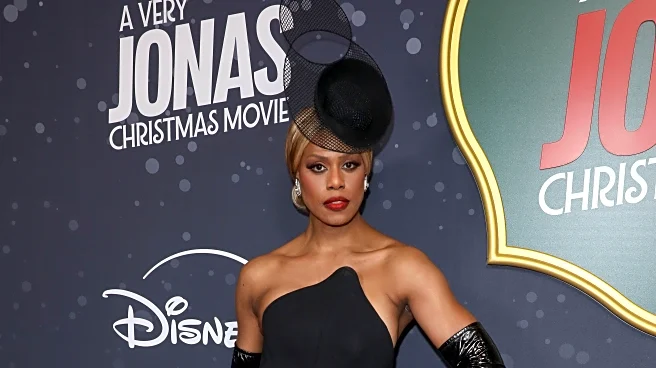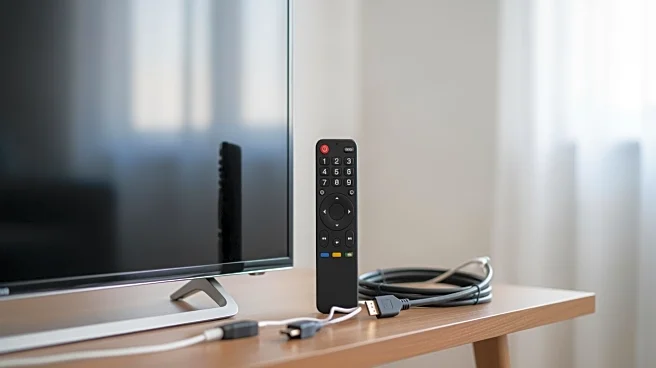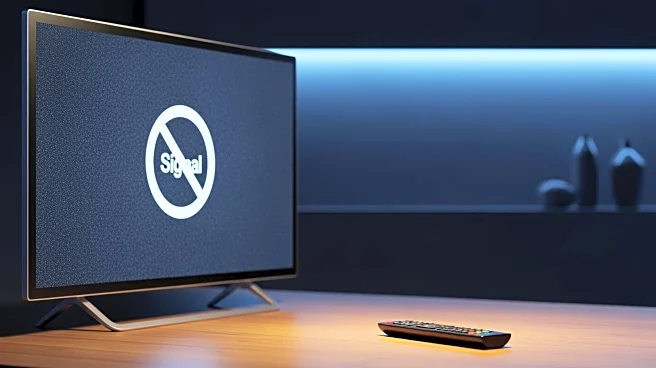What's Happening?
Disney and YouTube have reached a multi-year distribution agreement to end the blackout that removed ABC, ESPN, and other channels from YouTube TV. The dispute began in late October when Disney pulled
programming from the platform, citing disagreements over fair rates for its channels. The new deal allows Disney+ and Hulu Bundle content to be shared on YouTube TV, providing subscribers with more flexibility and choice. Disney executives expressed satisfaction with the agreement, emphasizing its recognition of the value of Disney's programming.
Why It's Important?
The resolution of this dispute is crucial for YouTube TV's subscribers, who rely on the service for access to popular sports and entertainment programming. The agreement ensures that subscribers can continue to enjoy content from Disney's networks, including college football and other live events. The deal also highlights the competitive dynamics in the streaming industry, where platforms must negotiate terms with content providers to maintain subscriber satisfaction and market position. The restoration of Disney channels on YouTube TV may influence future negotiations between streaming services and content providers.
What's Next?
Subscribers can expect the immediate return of Disney channels on YouTube TV, with recordings restored over the course of the day. The agreement includes future flexibility for program packages with Disney and other partners, potentially leading to new offerings for subscribers. As streaming services continue to evolve, similar disputes may arise, requiring ongoing negotiations to ensure content availability. The deal may also impact the competitive landscape of streaming services, as YouTube TV aims to maintain its subscriber base and market position.
Beyond the Headlines
The standoff between Disney and YouTube TV reflects broader industry trends, where streaming services and content providers must constantly negotiate terms to meet consumer demands. The high cost of carrying ESPN and other premium channels underscores the financial pressures faced by streaming platforms, which must balance subscriber fees with content acquisition costs. The resolution of this dispute may set a precedent for future negotiations, as streaming services seek to offer diverse content while managing expenses.












